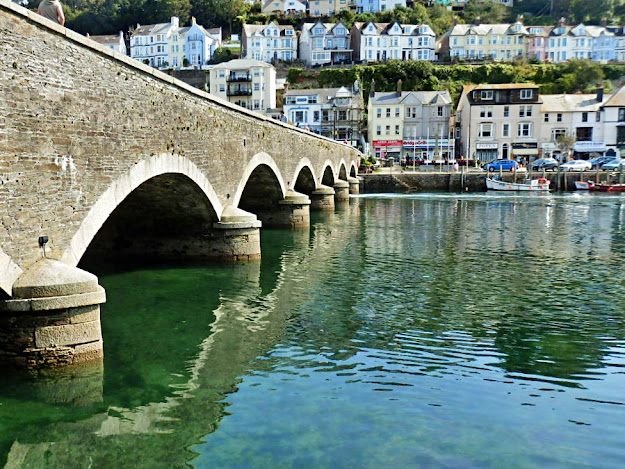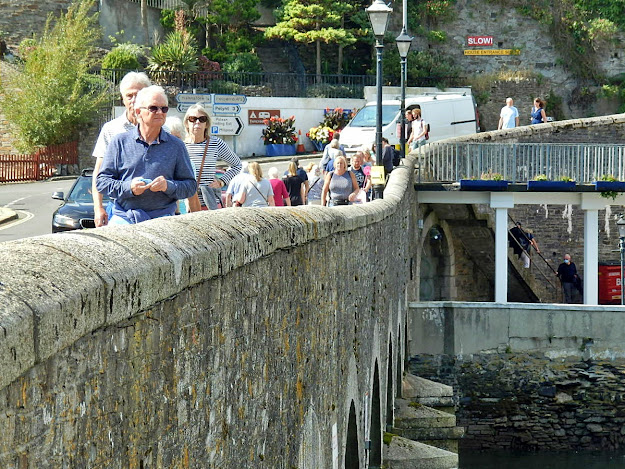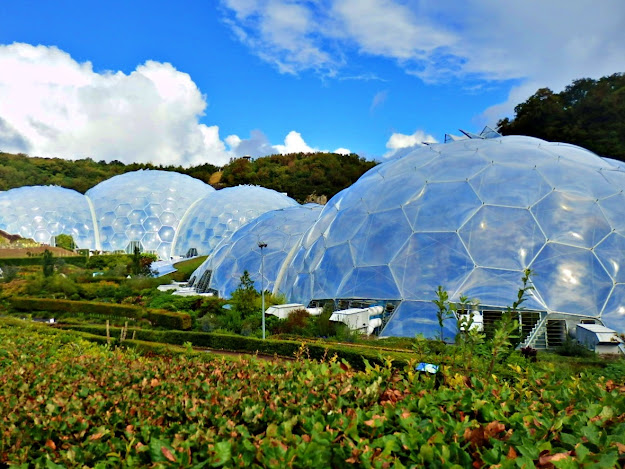My photo above is of the Men-an-Tol stones in Cornwall, sometimes referred to as the Crick Stone or the Devil's Eye. They are claimed to have magical properties.
Some say they have a fairy or piskey guardian who can make miraculous cures. In one case a changeling baby was put through the hole in the stone in order for the mother to get her real child returned. Evil pixies had exchanged her child, and the ancient stones were able to reverse their spell.
Changeling babies are often mentioned in ancient tales. They are typically described as being the offspring of a fairy, elf or other legendary creature which has been secretly left in place of a human child.
Getting back to the stones themselves, they are believed to be from the Bronze age and, if this is correct, would mean they are over 3500 years old. As to what they actually are or signify is debatable. They may once have been part of a stone circle, which would have given it a ritual significance or, alternatively, they could have been part of a burial chamber, the hole being for access.

The ancient stones have much folklore attached to them. With the obvious feminine symbolism it is claimed that if, on a full moon, a woman passes through the hole backwards seven times she will become pregnant.
Men-an-Tol is said to heal many ills. It was famous in olden times for curing scrofula (lymphatic tuberculosis) and rickets in children. The children were passed naked three times (or some say nine) through the hole to effect the cure.
Seemingly adults can gain relief from bad backs by crawling through the opening nine times.
Radiation levels around the inside edges of the hole are quoted as being nearly twice of that found in the background environment, maybe this has some significance.
Men-an-Tol has been used for telling the future. In 1856 Robert Hunt wrote that the holed stone could answer any question. Two brass pins would be laid crosswise on top of each other on the stone. The pins would move by themselves, dependent on the question asked.
Rituals may also have taken place here, with the hole aligning to other ancient sites, or as a window into other worlds or dimensions. It has been suggested that passing through the stone may have signified a ritual re-birthing process - perhaps performed as a rite of passage or to ensure fertility.
Whatever mysteries the stones hold, it is a magical place.
Where to find Men-an-Tol:
Morvah Road, Bosullow, Penzance TR20 8NU






















































